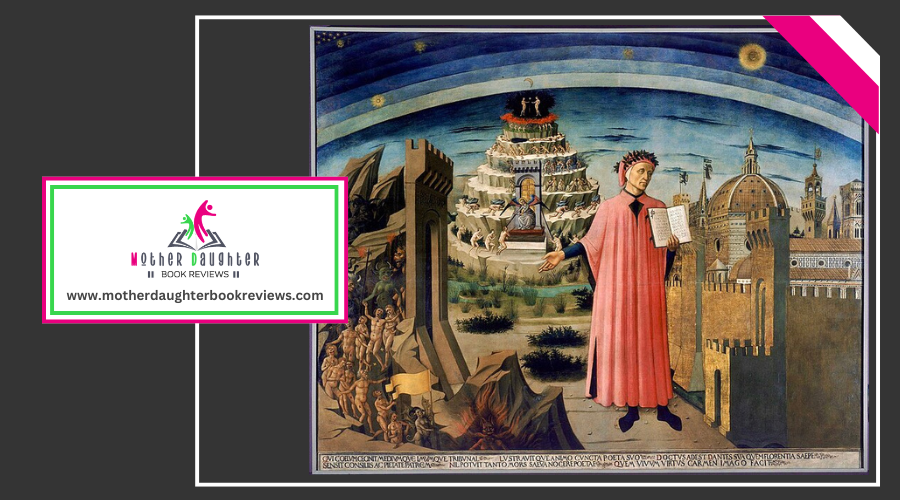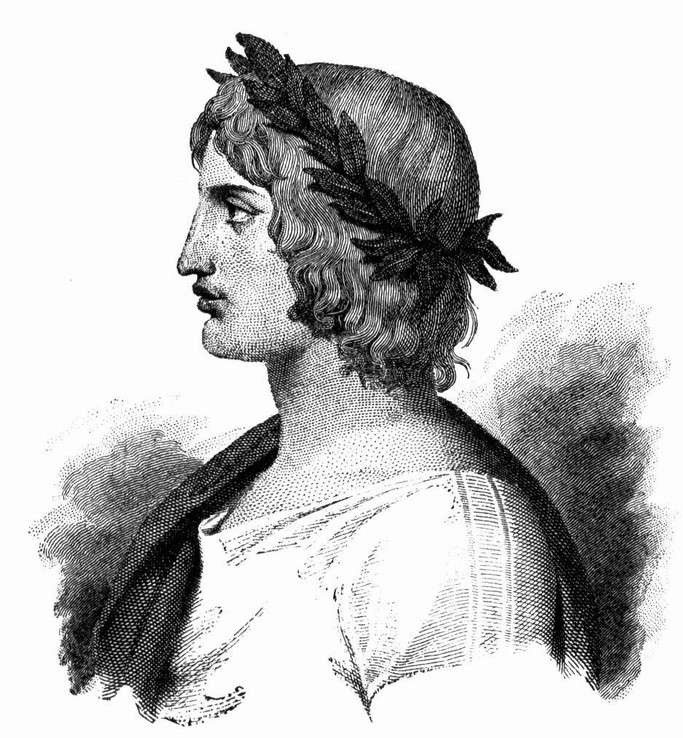Dante’s Journey Through the Afterlife in The Divine Comedy

You'll find Dante's epic quest through Hell, Purgatory, and Heaven perfectly retold for young readers in the children's classic "The Divine Comedy". This retelling simplifies complex themes of good versus evil, hope, and redemption, making them relatable and engaging. Vivid illustrations bring Dante's imaginative landscapes to life, sparking curiosity and creativity. Characters like Virgil and Beatrice teach valuable life lessons about guidance, friendship, and perseverance.
The Inspiration Behind the Retelling
Drawing inspiration from classic literature can be a rewarding endeavor, especially in relation to retelling Dante's Adventure for young readers. You might wonder why you'd choose Dante's "Divine Comedy" as a starting point. The answer lies in its timeless themes of adventure, morality, and personal growth. By transforming these elements into a format suited for children, you offer them a chance to investigate profound ideas in an accessible way.
You should consider the imaginative landscapes Dante traverses—Inferno, Purgatorio, and Paradiso. These vivid settings capture young minds, urging them to envision far-off worlds and the challenges within. Reworking these into more digestible and visually engaging scenes can spark their curiosity and creativity.
Another inspiration stems from Dante's characters. Figures like Virgil and Beatrice serve as guides and mentors, roles that resonate well with children. By introducing young readers to these personalities, you promote values such as guidance, friendship, and perseverance.
Ultimately, your goal is to maintain the essence of Dante's expedition while making it relatable and enjoyable for children. In doing so, you not only honor a literary masterpiece but also cultivate a new generation of readers who appreciate its depth and beauty.
Simplifying Dante's Complex Themes
Taking inspiration from Dante's vivid settings and compelling characters, the next step is to simplify his complex themes for young readers. By boiling down intricate concepts, you can make Dante's expedition through Hell, Purgatory, and Heaven more accessible and engaging. Here's how:
- Focus on Moral Lessons: Instead of delving into theological debates, highlight basic moral lessons such as the importance of honesty, the dangers of greed, and the value of kindness. These themes are universal and can be easily understood by children.
- Use Relatable Analogies: Compare Dante's experiences to everyday situations kids might face. For example, describe Hell as a place where bad choices lead to unhappy consequences, much like breaking rules at school.
- Simplify Language: Replace archaic terms with simpler, modern language. Instead of "Inferno," you could use "a scary place" or "a dark forest" to describe Dante's initial expedition.
- Emphasize Hope and Redemption: Focus on the uplifting aspects of Dante's expedition. Explain how despite mistakes, there's always a chance for redemption and improvement, a message that connects well with young minds.

Engaging Illustrations and Imagery
Dante's vivid imagination offers a cache of visual elements that can captivate young readers. When you engage with "The Divine Comedy," you're met with striking images that fuel the imagination. Young readers can easily be drawn into the story through engaging illustrations that bring Dante's expedition to life. Think about the swirling, fiery rivers or the towering mountains—each scene is ripe for visual exploration.
Illustrations can simplify complex scenes, making them more accessible. When a child sees an intricate drawing of Dante's encounters, they're more likely to understand and remember key moments in the story. Colorful, detailed images can transform abstract concepts into tangible experiences, helping young minds grasp the narrative's depth.
Good imagery isn't just about aesthetics; it serves an educational purpose. It encourages kids to focus and absorb the material better. When you pair Dante's descriptive language with compelling illustrations, you create a richer, more engaging reading experience. This method also inspires young readers to imagine their own versions of Dante's world, sparking creativity.
Exploring Hell, Purgatory, and Heaven
Imagine commencing an expedition through spheres that reflect the spectrum of human existence—Hell, Purgatory, and Heaven. Each of these domains offers a unique glimpse into the human soul and its path towards redemption.
- Hell: Here, you encounter the consequences of making poor choices. Dante describes torment and despair, but it's a vital part of understanding the importance of good behavior.
- Purgatory: In this sphere, souls work to cleanse themselves of their sins. It's a place of hope and effort, where characters endeavor to become better, teaching young readers the value of perseverance and self-improvement.
- Heaven: This is the final destination, where souls find eternal peace and joy. It's a reward for good deeds and a life well-lived. The beauty and harmony here inspire visions of what one can achieve through virtuous living.
- Guides: Along the way, you meet guides like Virgil and Beatrice, who help navigate these complex domains. They symbolize wisdom and love, showing that guidance and support are fundamental in any path.

Bringing Dante's Insights to Kids
Introducing young readers to Dante's insights can be both educational and engaging. You can use his timeless themes to spark curiosity and foster critical thinking. Start by explaining the basic premise of "The Divine Comedy"—an expedition through Hell, Purgatory, and Heaven. Kids can easily relate to the idea of a quest, especially one that investigates the consequences of actions and the importance of virtues.
Simplify Dante's complex concepts by using relatable examples. For instance, explain the idea of justice as treating others fairly, or the concept of redemption as making up for mistakes. Use interactive activities like drawing scenes or creating simple role-plays to make these ideas more tangible.
You should also focus on the characters Dante meets. Each character offers a lesson that can be translated into a kid-friendly message. For example, the loyalty of Virgil can teach the importance of guidance and friendship.
Conclusion
The Divine Comedy offers young readers a fascinating journey through vivid landscapes and profound moral lessons. By simplifying Dante’s complex themes and using engaging illustrations, you can introduce children to important concepts like justice, perseverance, and redemption. The adventures in Hell, Purgatory, and Heaven, guided by characters like Virgil and Beatrice, not only spark imagination but also impart valuable insights about life’s choices and the path toward improvement.




